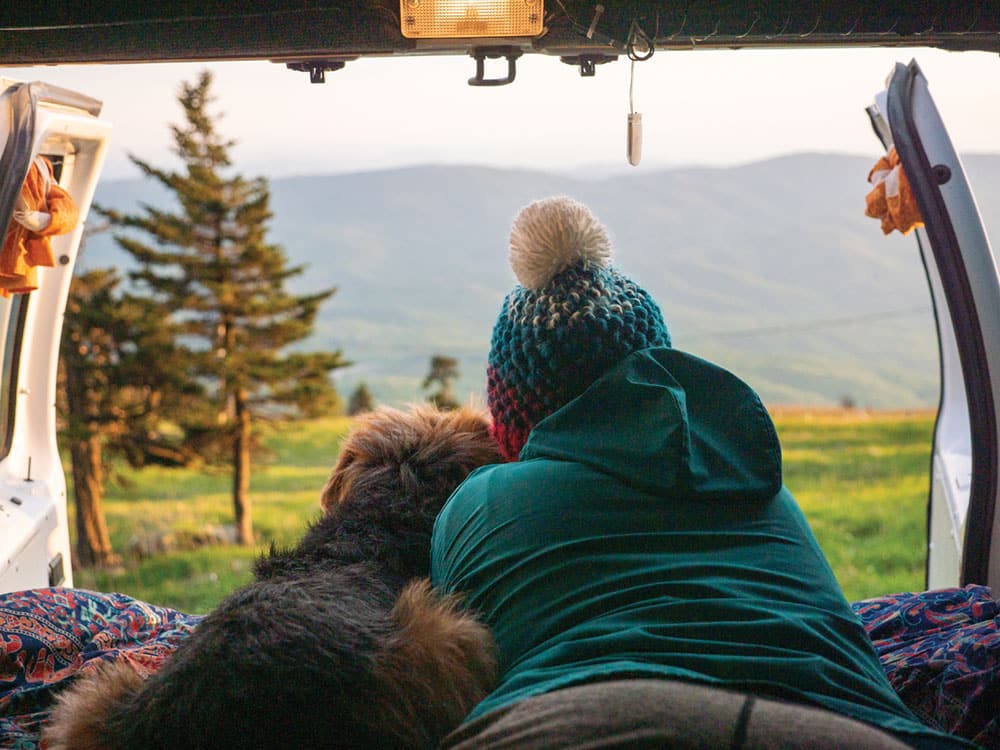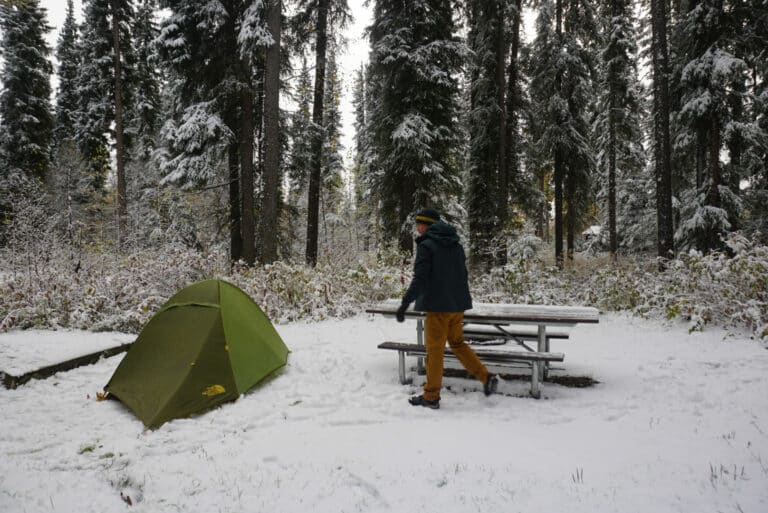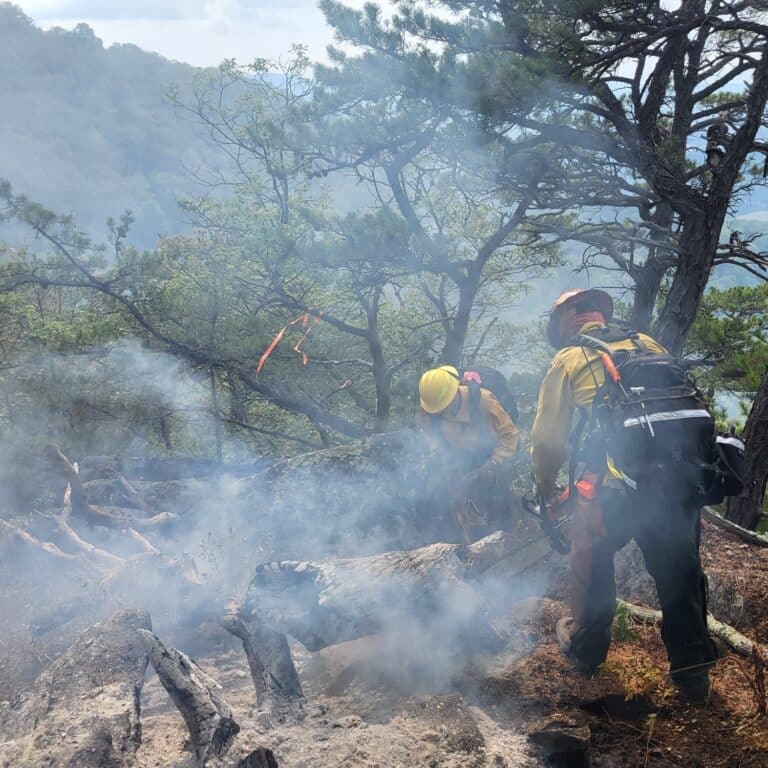So you’ve decided to make the open road your new home. Preparing for van life comes with plenty of romantic notions of chasing adventures on a whim, but the actual logistics are inevitably a bit more complicated. Roxy and Ben Dawson, who lived on the road for nearly five years, know firsthand that transitioning to the van lifestyle can be full of bumps and pitfalls. The married couple, and former members of the Blue Ridge Outdoors Road Team, recently co-authored “The Falcon Guide to Van Life,” a guide book filled with practical living advice, suggested road trips, van-friendly National Park secrets, and (more than a few) cute dog pictures. Here, they’ve shared a handful of key tips for those contemplating calling an adventure vehicle home.
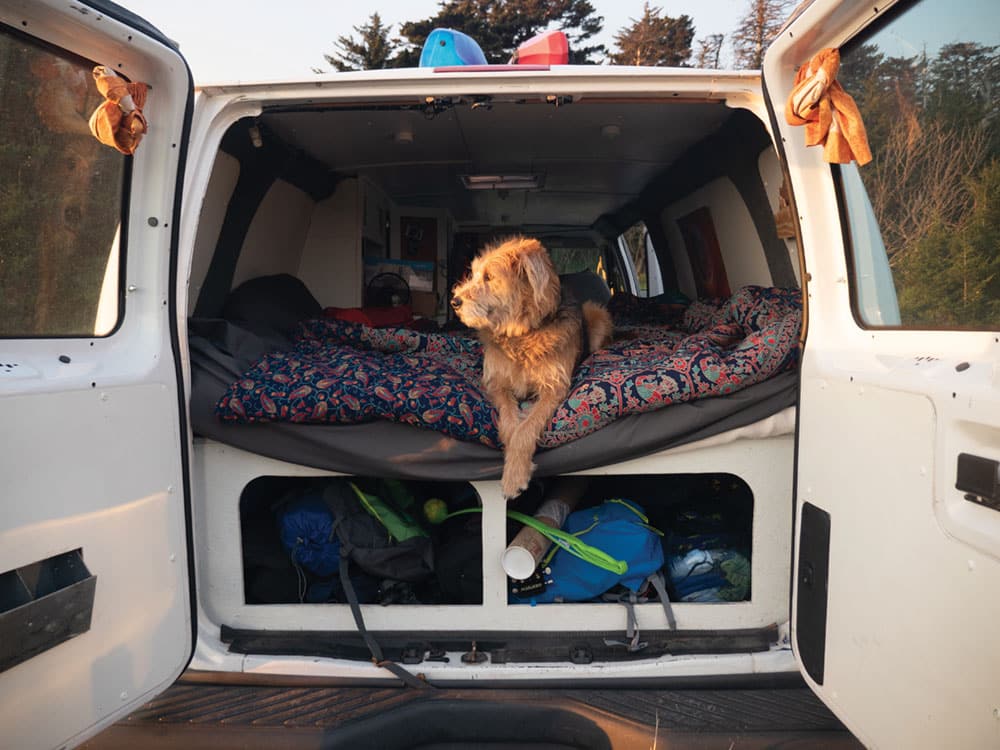
1. Model Your Build Out
You’ve got an empty van—now how are you going configure it into a sustainable living space? Never underestimate the power of an unused Amazon box and some tape. Before starting your build, throw it back to your childhood years and get crafty with some duct tape and cardboard boxes. You can render an entire 3D buildout with those two items. Or you can keep it 2D and sketch out the perfect floor plan. The flexibility of the material allows you to play around with your build without added expense and sweat. The best part is once you’ve decided on your layout, you already have cardboard patterns as your guides.
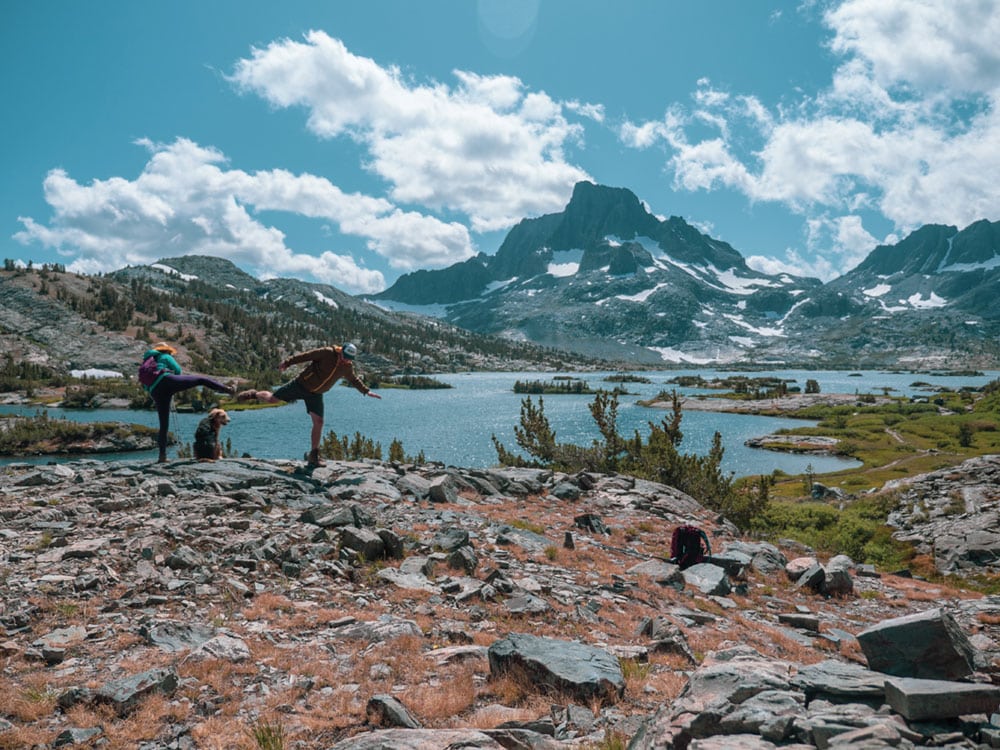
2. Take a “Test Trip” Before Your Grand Adventure
Instead of packing for your six-month road trip in one go, whisk away for a long weekend with what you think you will need. Stay close to home in a campground or accessible open spot, and take inventory while you’re out there. With only a few nights to manage, you can easily figure out what you’ve forgotten (a cutting board, maybe some twinkle lights), and also jettison what you don’t need (That third plate? You don’t need it). After your short trip, reevaluate everything you packed and update the list.
3. Download Offline Maps for Your State and the Surrounding States
Always, ALWAYS download the offline maps of your destination from Google maps (or Avenza, which has free BLM and USFS “Motor Vehicle Use Maps” that will show you where to find dispersed camping), and then grab the offline versions for the entire area around it as well. We have found our way numerous times by having an offline backup (and your blue dot still shows up connected to the satellite so you can continue navigating). This is the first thing we do when heading off on any trip, even when we’ve been to a destination hundreds of times.
4. Living in the Van Long Term? Establish a New Domicile
If you give up your permanent address, you’re going to run into a few hiccups. Forgoing a permanent residence will affect many things, including your taxes, vehicle insurance, health insurance, where you can receive mail, and voting. Before embarking, you can set up a forwarding address to a different legal permanent residence in a more “nomadic friendly” state. This is called establishing a new domicile. Research a state that works best for you, but certain ones—South Dakota, Texas, and Florida—are particularly friendly for this.
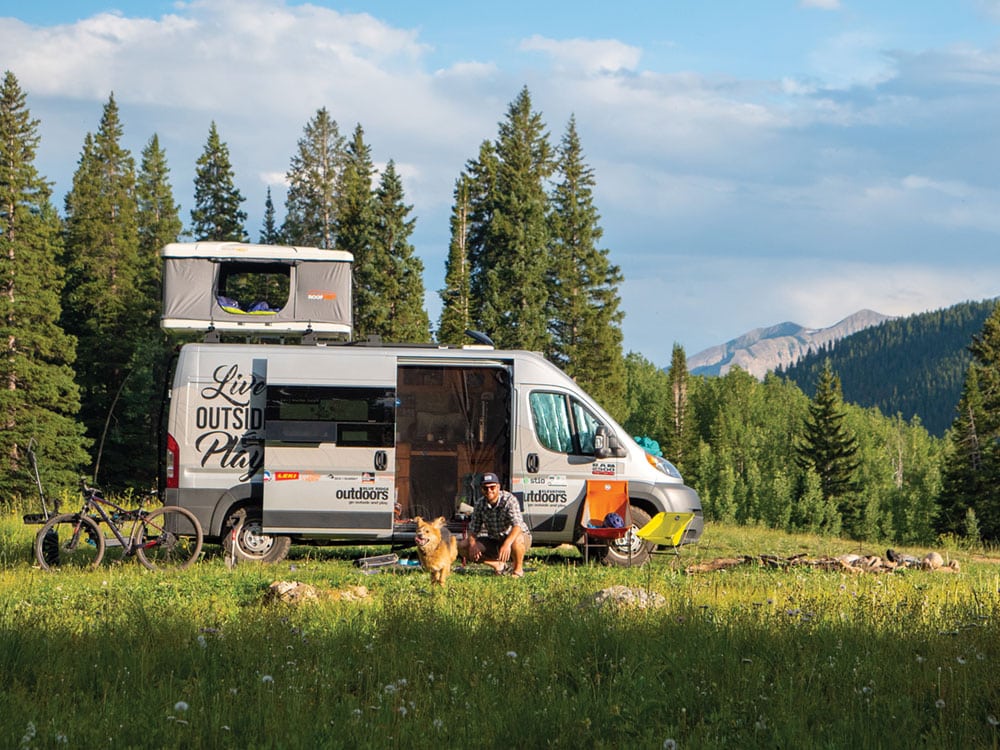
5. Forget the Free Campsite Apps, Forge Your Own Way (Responsibly)
Camping apps and websites are so darn convenient, leading you straight to overnight spots that are already established. But occasionally you’ll want to park for the evening somewhere a little more isolated, without damaging natural resources or camping illegally. To find a site that isn’t highlighted in an app already, use Google Maps’ satellite view. If you find an area open to free camping but don’t want to risk driving down a rutted dirt road for 30 minutes only to find there are no established spots, look at the road up close using the satellite view (you will need service for this).
There are limitations: You won’t be able to see camping spots if the road has heavy tree cover, and you won’t be able to assess the condition of the road to see if your two-wheel drive van can handle the trip. Nonetheless, this is an awesome way to find “new” sites (that have been established but aren’t on the apps) and some precious solitude.
All photos courtesy of Roxy and Ben Dawson
